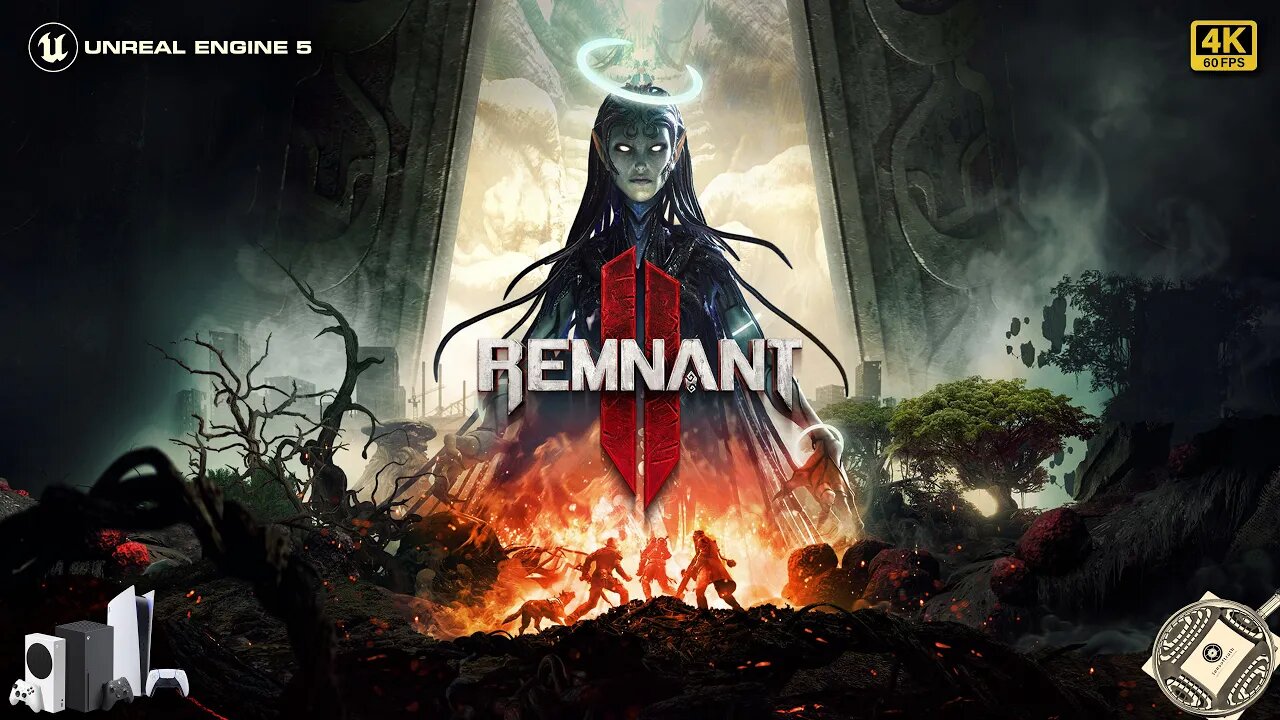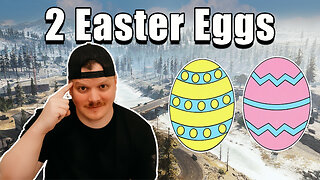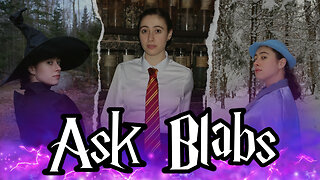Premium Only Content

Remnant 2 Tech Analysis on Xbox Series S/X and PS5 - Unreal 5 Nanite and 4K
Analysis of performance and image quality of Remnant 2 on Xbox Series S/X and PS5.
Index:
Intro 00:00
Frame Rate 00:09
Resolution 02:14
Shadows 06:06
Frame Rate 08:19
Reflections 10:24
Textures 12:37
Frame Rate 14:51
Loading 16:56
Xbox Series S Tech Specs 17:26
Xbox Series X Tech Specs 17:36
PS5 Tech Specs 17:46
Technical dictionary:
- AMD FidelityFX™ Super Resolution (FSR):
FidelityFX Super Resolution (FSR) is used to upsample an input image into a higher resolution. There are two versions of FSR with distinctive upscaling technique and image quality.
FSR 1 is a spatial upscaler based on the Lanczos algorithm* requiring an anti aliased lower resolution image.
FSR 2 and 2.1 is a temporal upscaler based on a modified Lanczos* requiring an aliased lower resolution image and utilising the temporal data (such as motion vectors and frame history) and then applies its own anti aliasing pass which replaces the game's temporal anti-aliasing solution.
Quality Preset Scale Factor Render Scale
Performance 2.0x 50.0% (e.g. for 4k: 1080p upscale to 2160p with FSR)
Balanced 1.7x 58.8% (e.g. for 4k: 1270p upscale to 2160p with FSR)
Quality 1.5x 66.6% (e.g. for 4k: 1440p upscale to 2160p with FSR)
* The Lanczos algorithm is an iterative algorithm invented by Cornelius Lanczos that is an adaptation of power methods to find eigenvalues and eigenvectors of a square matrix or the singular value decomposition of a rectangular matrix. It is particularly useful for finding decompositions of very large sparse matrices.
- Cube Mapping Reflections:
A Cubemap is a collection of six square textures that represent the reflections on an environment. The six squares form the faces of an imaginary cube that surrounds an object; each face represents the view along the directions of the world axes (up, down, left, right, forward and back). Cubemaps are often used to capture reflections or “surroundings” of objects; for example skyboxes and environment reflections often use cubemaps.
- Screen Space Reflections (SSR):
Screen space reflections (SSR): a more expensive technique that traces reflection rays in screen space (as opposed to world space in e.g. ray tracing). This is done for each rendered pixel of the reflected surface, using the surface normal and scene depth.
The disadvantage is that objects not captured in the rendered frame cannot appear in the reflections, which results in unresolved intersections and incomplete reflection image.
- Ray-Traced Reflections
Ray-Traced Reflections is a more accurate ray-traced solution to Screen Space Reflection technique (that traces reflection rays in screen space), ray tracing traces reflection rays in world space.
The disadvantage of the technique using ray tracing is the need for a dedicated hardware for accelerating the calculations needed to perform the feature.
- Shadow Mapping
Shadow mapping or shadowing projection is a process by which shadows are added to 3D computer graphics. This concept was introduced by Lance Williams in 1978, in a paper entitled "Casting curved shadows on curved surfaces."[1] Since then, it has been used both in pre-rendered and realtime scenes in many console and PC games. Shadows are created by testing whether a pixel is visible from the light source, by comparing the pixel to a z-buffer or depth image of the light source's view, stored in the form of a texture.
- Simple Shadow Mapping
Simplest possible implementation of Shadow Mapping, without any smoothing or additional features.
- Soft Shadows Mapping
Soft shadows are typically rendered in games by using shadow mapping and Percentage Closer Filtering with a uniform kernel size. The Percentage-Closer Soft Shadows (PCSS) algorithm computes a variable kernel size based on the distance between the relative position of the receiver point, an approximation of the blocker, and the area light.
- Ray-traced Shadows
Ray-traced shadows are generated by tracing the path of rays sampled from a light source. Ray-traced shadows are more accurate than shadow-mapped shadows. All ray-traced shadows are world space shadows.
- Unreal Engine 5 Nanite
Nanite is Unreal Engine 5's virtualized geometry system which uses a new internal mesh format and rendering technology to render pixel scale detail and high object counts. It intelligently does work on only the detail that can be perceived and no more. Nanite's data format is also highly compressed, and supports fine-grained streaming with automatic level of detail.
- Unreal Engine 5 Virtual Shadow Maps
Virtual Shadow Maps (VSMs) is the new shadow mapping method used to deliver consistent, high-resolution shadowing that works with film-quality assets and large, dynamically lit open worlds using Unreal Engine 5's Nanite Virtualized Geometry, Lumen Global Illumination and Reflections, and World Partition features.
-
 LIVE
LIVE
EXPBLESS
54 minutes agoArena Breakout (This Game Is Hard But Fun) How Much Can We Make Today? #RumbleGaming
14 watching -
 4:40
4:40
GritsGG
15 hours agoTwo Easter Eggs on Call of Duty Warzone!
27.5K1 -
 2:08:19
2:08:19
Side Scrollers Podcast
22 hours agoNetflix Execs to TESTIFY Over LGBTQ Agenda + IGN DESTROYS Xbox Game Pass + More | Side Scrollers
67.3K18 -
 5:08:55
5:08:55
Dr Disrespect
21 hours ago🔴LIVE - DR DISRESPECT - BABY STEPS - THE VERY VERY LAST CHAPTER
142K17 -
 10:28
10:28
BlabberingCollector
16 hours agoAsk Blabs, Episode 5 | Answering Your Wizarding World Related Questions
19K1 -
 18:09
18:09
Forrest Galante
5 days agoI Survived 24 Hours In The World's Deadliest Jungle
202K33 -
 LIVE
LIVE
Lofi Girl
2 years agoSynthwave Radio 🌌 - beats to chill/game to
272 watching -
 2:15:09
2:15:09
Badlands Media
20 hours agoOnlyLands Ep. 27: Power Hour Hangover, Trump’s Wartime Shift, and Portland in Flames
131K33 -
 22:21
22:21
DeVory Darkins
10 hours ago $21.73 earnedRioters attack Portland ICE Facility as Democrats make shocking admission
35.9K137 -
 2:06:06
2:06:06
TimcastIRL
13 hours agoTrump DOJ Announces INTERVENTION In Portland Over Nick Sortor Arrest | Timcast IRL
255K433
